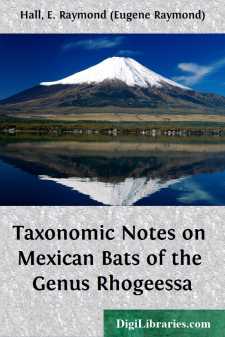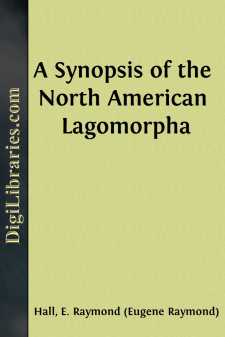Categories
- Antiques & Collectibles 13
- Architecture 36
- Art 48
- Bibles 22
- Biography & Autobiography 813
- Body, Mind & Spirit 142
- Business & Economics 28
- Children's Books 15
- Children's Fiction 12
- Computers 4
- Cooking 94
- Crafts & Hobbies 4
- Drama 346
- Education 46
- Family & Relationships 57
- Fiction 11828
- Games 19
- Gardening 17
- Health & Fitness 34
- History 1377
- House & Home 1
- Humor 147
- Juvenile Fiction 1873
- Juvenile Nonfiction 202
- Language Arts & Disciplines 88
- Law 16
- Literary Collections 686
- Literary Criticism 179
- Mathematics 13
- Medical 41
- Music 40
- Nature 179
- Non-Classifiable 1768
- Performing Arts 7
- Periodicals 1453
- Philosophy 64
- Photography 2
- Poetry 896
- Political Science 203
- Psychology 42
- Reference 154
- Religion 513
- Science 126
- Self-Help 84
- Social Science 81
- Sports & Recreation 34
- Study Aids 3
- Technology & Engineering 59
- Transportation 23
- Travel 463
- True Crime 29
Sort by:
New name combinations for two kinds of Central American sloths that heretofore have stood in the literature as nominal species are given below, along with the evidence supporting their relegation to subspecific rank. Research assistance has been provided from a contract (NR 161-791) between the Office of Naval Research, Department of the Navy, and the University of Kansas. Bradypus griseus ignavus...
more...
Five skins with skulls of Rhogeëssa, collected by J. R. Alcorn in the states of Sonora and Nayarit of western Mexico, were recently received at the Museum of Natural History of the University of Kansas. Two other specimens of the same genus, collected by Walter W. Dalquest in the state of Veracruz of eastern Mexico, also are in the Museum of Natural History. With the aim of applying names to these...
more...
In preparing maps showing the geographic distribution of North American mammals we have found in the literature conflicting statements concerning the subspecific identity of several rodents. Wherever possible, we have examined the pertinent specimens. Results of our examination are given below. Our studies have been aided by a contract (NR 161-791) between the Office of Naval Research, Department of...
more...
INTRODUCTION Yellow bats occur only in the New World and by most recent authors have been referred to the genus Dasypterus Peters. The red bats and the hoary bat, all belonging to the genus Lasiurus Gray, also occur only in the New World except that the hoary bat has an endemic subspecies in the Hawaiian Islands. The kind of yellow bat first to be given a distinctive name was the smaller of the two...
more...
IN 1949, for the Museum of Natural History of the University of Kansas, Mr. John A. White collected two specimens of the species Microtus montanus in the Bitterroot Valley of Montana, that did not fit the description of any named subspecies. These were laid aside until we could examine the additional specimens from Montana in the Biological Surveys collection in the United States National Museum, some...
more...
Among small mammals accumulated, from Wyoming, in the Museum of Natural History of the University of Kansas, specimens of the wide-spread species Thomomys talpoides are abundantly represented. Subspecific names are available for most of these, but specimens from the Sierra Madre Mountain Range of Wyoming and Colorado prove upon comparison to pertain to an heretofore unnamed subspecies which may be...
more...
When preparing distribution maps for a revised list of the Mammals of Kansas it became apparent to me that pocket mice of the species Perognathus flavescens from south-central Kansas and adjoining parts of Oklahoma were without a subspecific name. The new subspecies is named and described below. Perognathus flavescens cockrumi new subspecies Holotype.—Female, subadult (P4 moderately worn), skin with...
more...
The most popular small game mammal in nearly every part of North America is one or another of the species of rabbits or hares. The rabbit is one of the few species of wild game that still is hunted commercially and sold for food on the open market. The close association and repeated contact of man with these animals has resulted in his contracting such of their diseases as are transmissible to him....
more...









